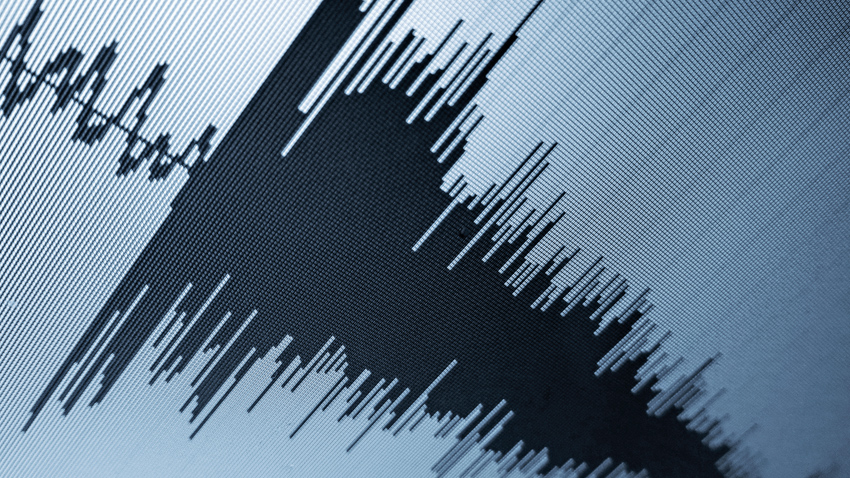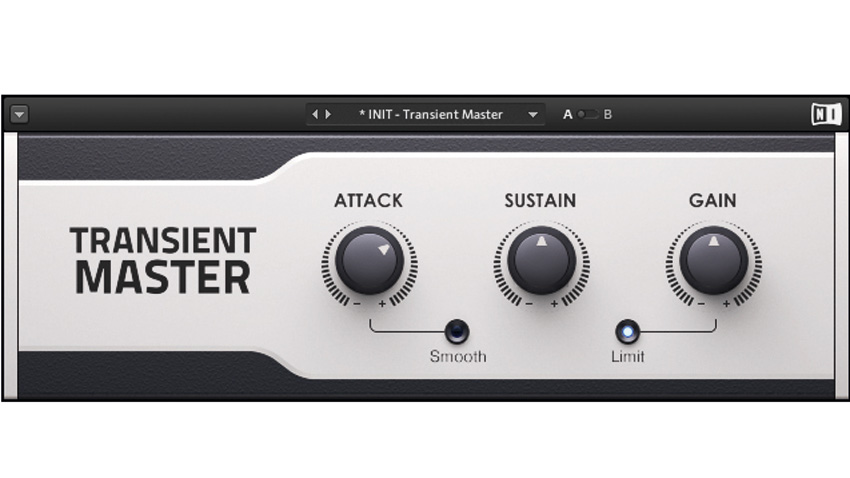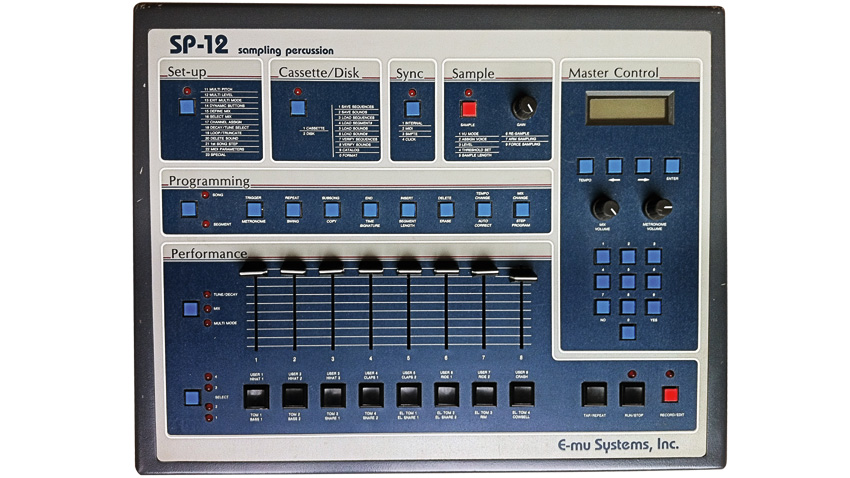8 ways to make better drum 'n' bass tracks
Take your DnB production skills to the next level with our essential tips and tricks

From digging through crates to gelling beats and bass, our indespensible octet of DnB production edu-bites will aid you immensely in your campaign to become king of the jungle.
For more drum 'n' bass production tutorials, pick up Future Music 292, which is on sale now.
1. Source direct
While a quick Google search will provide you with all the classic breakbeats you'll ever need, nothing beats the satisfaction of seeking out your own fresh samples. Committed crate-diggers will trawl through as much music as possible in search of a killer groove or hook - and you should do the same. Of course, sampling isn't strictly legal, so if you're seeking the signature break sound without the worry of copyright infringement, there are plenty of royalty-free sample packs full of break loops designed to emulate the classics - one of our favourites being the Vintage Breaks series by Sample Magic.
2. Precise slicing
Once you've divided a break into slices, it's tempting to hard-quantise the hits to your DAW's grid. While
this works for militant styles of drum 'n' bass, the subtle nuances of human performance are an intrinsic part of a break's charm and appeal, so pay close attention to any timing imperfections. Maintain the drummer's groove by repositioning your MIDI or audio slices in larger quarter- or eighth-note sections, and gently move hits with auto-quantise turned off when finer adjustment is required.
3. Left, right, left, right
Many funk, disco and soul bands would experiment with outlandish stereo recording techniques and extreme panning. DnB is best suited to a club or festival sound system - a situation where mono compatibility is paramount - so, if you're working with a stereo breakbeat sample, check for undesirable phase cancellation by collapsing the left and right channels to mono. Furthermore, audition
both the left and right channels in isolation as a mono signal (using a plugin such as Brainworx' free
bx_solo), as one of the channels may sound more consistent and powerful than the other.

4. Stay in shape
Transient shapers are perfectly suited to the task of break processing. Got a breakbeat sample that lacks punch? It's an issue easily remedied by raising the signal's attack. Want a dense break to take a back seat in the mix? Pull down its attack and raise its sustain.

5. Think outside the box
The hardware sampler was the weapon of choice for 90s jungle and drum 'n' bass producers, defining both the style of drum programming and breakbeat tone of the era. The E-MU samplers were renowned for their rounded warmth and dark timbre, whereas Akai units such as the S5000 imparted a brighter crunch, adding punch to beats. While physical samplers are time-consuming to program in comparison to their software counterparts, we'd advise true connoisseurs to get their hands on a second-hand one (plus a pre-VLZ Mackie mixing desk) for that unmistakably junglist tone.
Get the MusicRadar Newsletter
Want all the hottest music and gear news, reviews, deals, features and more, direct to your inbox? Sign up here.
6. Breakbeat mash-up
As mentioned earlier, jungle producers would assign a breakbeat across multiple key zones, then trigger the sample from different points. Ableton Live users can replicate this crazy chopping method within its Session View: load a tempo-synced breakbeat on an empty audio track's clip slot, duplicate the clip several times to slots below, then move each copy's start point to a different position within the break. Change the global quantisation value to 1/4 or 1/8, then fire off the various clips using a MIDI controller for instant jungle-style break sequencing. If you're not a Live user, apply the same principle within a regular sampler.
7. A working relationship
Unsurprisingly, a Drum 'n' Bass track lives or dies by its two core elements, so rhythmic and low frequency sounds must work together as one. Get your beat and bass interacting in exciting ways - for example, trigger subtle parallel distortion over an Amen break only when powerful 808 sub notes strike, giving the listener the impression that the beat is breaking up under the immense weight of the bass.
8. Learn from the masters
For more on breakbeat-building using drum ROMplers, check out Future Music's In The Studio With Noisia. They're a production trio famed for their technically intricate sound, advanced drum design and unique bass manipulation. In the video, they demonstrate the flexibility of virtual drum kit plugins and their break-crafting process, as well as discussing potential phase issues that can arise from these techniques.
Future Music is the number one magazine for today's producers. Packed with technique and technology we'll help you make great new music. All-access artist interviews, in-depth gear reviews, essential production tutorials and much more. Every marvellous monthly edition features reliable reviews of the latest and greatest hardware and software technology and techniques, unparalleled advice, in-depth interviews, sensational free samples and so much more to improve the experience and outcome of your music-making.










